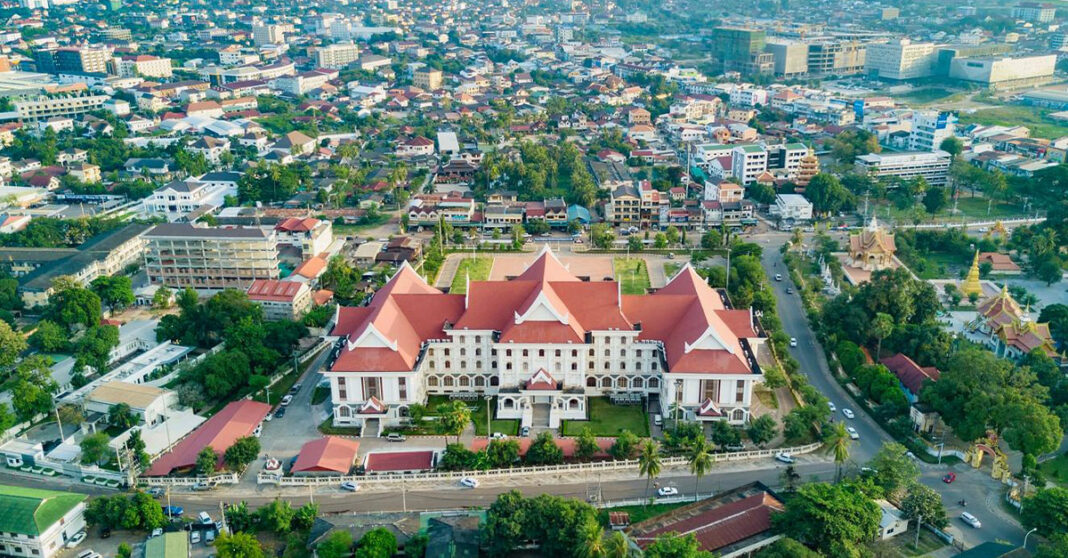Recent data from the Ministry of Agriculture and Forestry highlights significant strides in poverty alleviation across Laos, although challenges remain as the country aims for developed status.
In 2023, 83.13 percent of families in Laos, or approximately 1,026,083 households, were reported to be above the poverty line, leaving 16.87 percent, or 208,231 families, still living in poverty. Bouahong Khamha, Director General of the Department of Rural Development, announced, as reported by state media.
According to Bouahong, 5,855 villages—69.69 percent of the total—have successfully risen above the poverty line. Conversely, 2,547 villages, accounting for 30.31 percent, continue to grapple with poverty. The district-level data is similarly telling, with over 70 districts (48 percent) still classified as impoverished, while 77 districts (52 percent) have successfully transitioned out of poverty.
In terms of development, 841,454 families—68.17 percent—have been recognized as developed, with 2,828 villages, or 33.66 percent, achieving developed status nationwide.
Looking ahead, the government aims to enhance basic living conditions, focusing on nutrition, housing, healthcare, transportation, and other essential services. Bouahong outlined ambitious targets for the coming year, including lifting 100,000 families, 1,000 villages, and 25 districts out of poverty, while simultaneously establishing 200,000 developed families, 2,000 developed villages, and 20 resilient districts.
Despite these advancements, Laos faces ongoing challenges, including a predominantly agricultural economy and unstable incomes. Infrastructure remains inadequate in many areas, and access to essential services such as electricity and transportation is still limited for numerous communities.
Laos is classified as one of 45 Least Developed Countries (LDCs) by the United Nations as of December 2023.
To graduate from Least Developed Country (LDC) status, Laos must meet three criteria established by the UN: a Gross National Income (GNI) per capita of at least USD 1,305 (Laos currently stands at USD 1,996), a Human Assets Index (HAI) score of 66 or above (Laos has achieved 72.8), and an Economic Vulnerability Index (EVI) score of 32 or below (Laos is currently at 33.7).
Despite these achievements, challenges persist. Issues such as income inequality, limited access to finance for small and medium-sized enterprises (SMEs), instability in exports of goods and services, fluctuations in agricultural production, and a need for improved data and qualified personnel hinder progress.
Recent data indicates that Laos has not yet achieved graduation from LDC status primarily due to its high EVI, which remains above the UN threshold. Nevertheless, the Lao government is committed to transitioning out of LDC status by 2026, as affirmed by Khamjane Vongphosy, Laos’ Minister of Planning and Investment. The government plans to focus on human resource development, economic regulation, and poverty reduction to meet its Sustainable Development Goals (SDGs) and improve overall stability.



